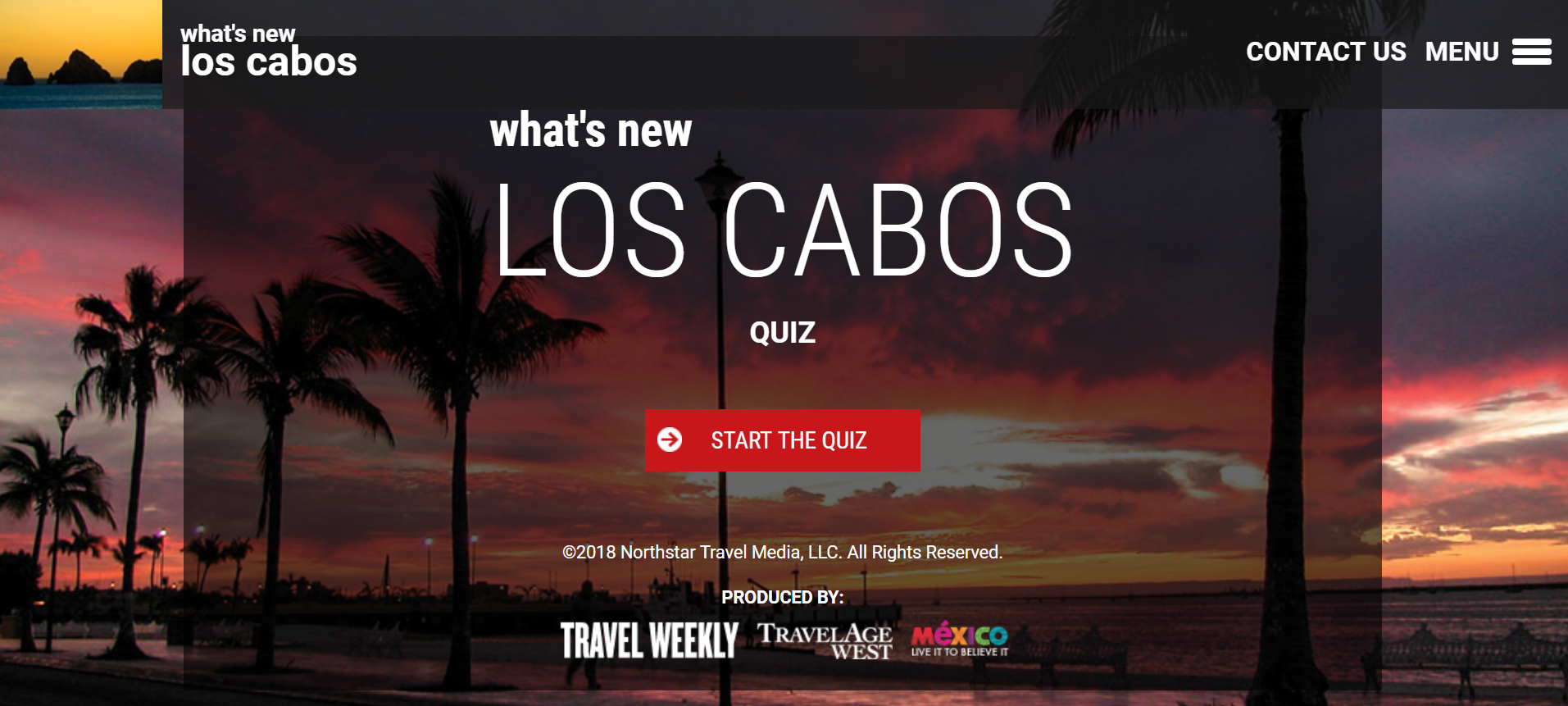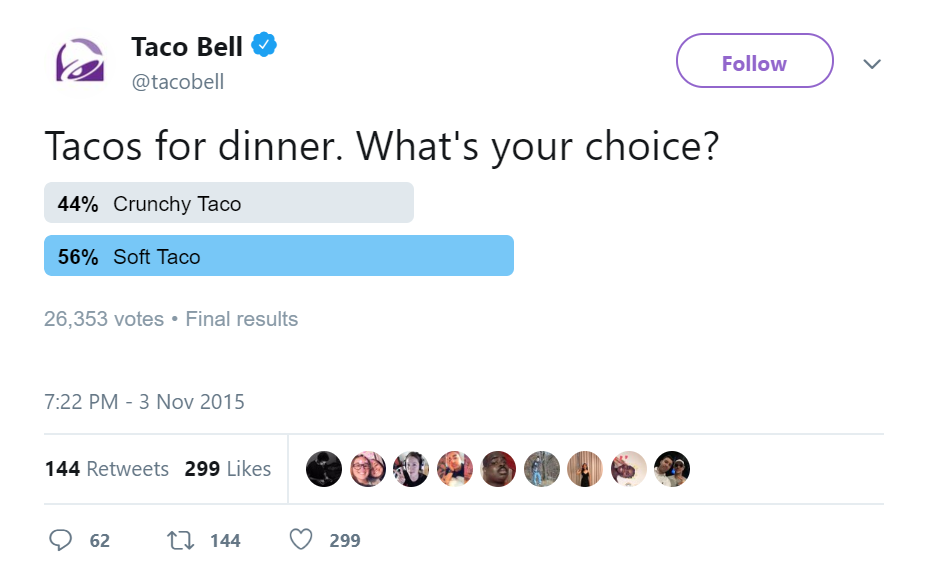4 Ways interactive content can give your brand a leg-up

Content marketing should be a two-way street. And what better way to ensure this than by engaging customers through interactive content?
But how does it involve the user any more than other formats, you ask? Well, interactive design is characterised by user control, responsiveness, personalisation, and playfulness; all of them interdependent.
- User control refers to the freedom allowed to a user in exploring branded content, such as through undoing or redoing previous actions.
- Responsiveness measures the involvement of the person; it is aimed at encouraging consumer participation.
- Personalisation and playfulness are the end goals of any interactive design because they help foster a brand’s image.
A DemandGen Report found that 91% of buyers want to consume more interactive content. And here’s why it should be the focus of brands as well:
1. Audience retention and brand message
According to NewsCred, 75% of marketers believe that interactive content improves the nurturing of leads and 79% agree that it helps retain the brand message.
Oreo, for instance, has recently been topping the content marketing game (refer: Dunk in the Dark). 2016 was the year the company made 360-degree interactivity its own. Viewers were able to explore an animated Oreo factory.
While the one-minute video felt game-like, it had actually been created to promote ‘Filled Cupcake Flavoured Oreo Cookies’. The video gained more than 3.2 million views, and interest in the cookies peaked.
2. Infotainment (information + entertainment)
The innate quality of content marketing is to facilitate the communication of information. Interactive design champions the same in a fun and entertaining way, making it easier for the audience to grasp the brand message.
But that’s not just us speaking. According to Content Marketing Institute’s report, 75% of content marketers utilise interactivity to educate their audiences.
For instance, Travel Weekly’s NorthStar site chose to communicate with users through a combination of a guide in an infographic format and a quiz, both related to a place named Los Cabos.

The quiz winners could earn a trip to Los Cabos. Through interactive design, Travel Weekly transferred product information and encouraged user participation, all while offering rewards to the user.
3. Competitive edge via Interactive content
Interactive content stands out from conventional content. Not only does it offer personal call-to-action options, it also guarantees shareability through a personalised approach.
For instance, instead of a conventional non-interactive video advertisement, Philips went a little further and invested in designing an interactive video for its electric razor product line. The video is known as ‘Designed to Play’ and it creates different scenarios for each option. In the video, the users are asked to ‘click on a beard type’, and each is followed up by a story.
4. Engagement through user conversation
In contrast with a one-way communication that content marketing often conducts, interactivity with consumers can ensure a dialogue of equals. Interactive content allows and encourages inputs from consumers. It makes them an active part of the engagement rather than merely being passive recipients.
Polling and quizzes are designed in a way that allows users to have their say and view it in relation to other user opinions as well. For instance, Taco Bell took a Twitter poll that not only helped with market research but also generated user engagement.

